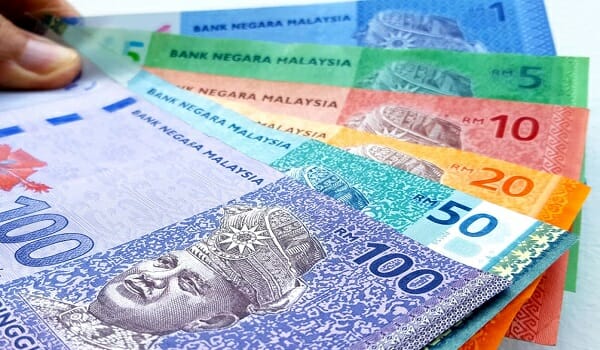Malaysia’s market watchers are viewing a nascent rally in the ringgit as a temporary reprieve rather than the start of a sustained recovery in the beleaguered currency.
The ringgit became only one of two Asian currencies to eke out gains against the US dollar this quarter after finishing the first half of the year near the bottom of the leaderboard. Still, expectations for rally in the ringgit remain low as growth concerns in China, Malaysia’s largest trading partner, and a wide interest-rate gap with the US remain a drag.
“The third quarter has revealed some relief factors — passing state elections and China stepping up on stimulus,” Vishnu Varathan, head of economics & strategy at Mizuho Bank Ltd in Singapore, said referring to the ringgit’s gains. “While the ringgit need not be staring down a cliff, it is premature to suggest it is out of the woods,” he added.
The ringgit remains vulnerable to factors such as lingering political tensions, a sharp correction in oil prices in case of a global downturn, and a bumpy China recovery, according to Varathan. He is not alone in thinking the currency’s strong start to the third quarter may peter away.
“The ringgit outperformance seems to be driven by improving export conversion ratio,” said Moh Siong Sim, FX Strategist at Bank of Singapore Ltd. “But this could be temporary and the performance ranking may slip given the drag from still wide unfavourable interest rate differential vis-a-vis the dollar and lingering yuan depreciation pressures.”
Mizuho’s Varathan sees the ringgit weakening to 4.68-4.73 per US dollar levels in the near term. The currency closed down 0.2% at 4.6462 on Friday.
Yuan sensitivity
The ongoing yuan weakness, driven by worries over China’s economic outlook, appears poised to spoil any ringgit bull party. The Malaysian ringgit is emerging Asia’s worst performing currency this year with a loss of 5.2% followed by the onshore yuan which is down 5.1% over the same period.
“The ringgit remains highly sensitive to the yuan and will be eyeing it for direction,” said Bank of Singapore’s Sim. “The measures announced by China to support investor confidence are incrementally positive to aid short term sentiment on the yuan, but we think that more effective fiscal stimulus are still likely needed to durably stabilise the currency.”
Even Bank Negara Malaysia’s interest rate decision on Sept 7 is unlikely to provide any tailwind for the ringgit. The central bank is expected to leave its overnight policy rate unchanged at 3% given the nation’s slowing inflation and growth, according to Bloomberg.









